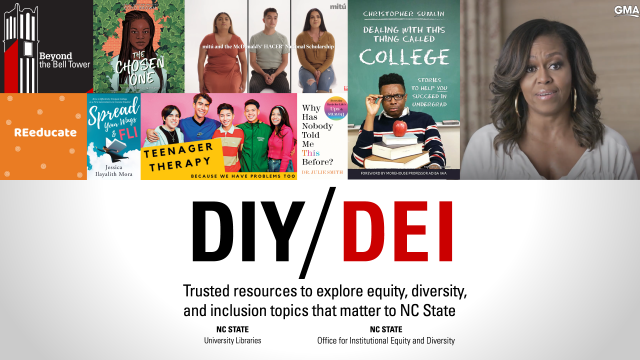Evaluate Sources
Credible sources vs. scholarly sources
Scholarly sources are one kind of credible source, but there are many kinds of credible sources that are not scholarly. Whether you use scholarly sources or not will depend on your assignment, but you should always use credible sources.
Learn more about scholarly sources and how to find them using libraries databases.
What does it mean for a source to be credible?
Credible sources are high quality, evidence-based, reliable, and trustworthy. Evaluation of a source’s credibility is a complex process that requires critical thinking and reading. A credibility checklist is a place to start, but it’s engagement with the source that counts. Your assignment might have parameters on format and medium, but those characteristics are not markers of credibility. Here are a few things to consider:
Confirmation bias
Believe it or not, the first thing to check when evaluating a source is yourself. Your previous searches and clicks are the greatest predictor of the articles you will come across or find. Sophisticated algorithms dictate search results based on what it thinks we want to see, not the information that is most accurate or trustworthy. As you read an article, consider: does it challenge you with new information or does it confirm your existing opinion on a topic? Check your own response to what you’re reading and then move on to check for these other things.
Author’s expertise
Author’s expertise can come in a variety of forms. They can have extensive experience in the field, or have academic degrees or credentials. Keep in mind that even if someone is an expert, they can have biases that influence their writing.
Verifiability
When a source makes a surprising claim, you should check other sources and read their interpretation of the event. If an article cites or links to its sources, verify that those sources are credible, and that they are accurately represented. A helpful hint: the more shocking the claim, the more you should look elsewhere to confirm it.
Objective, neutral writing
A source doesn’t have to fully represent all sides of a topic to be within the bounds of neutrality or fair. How they write about their topic or opposing views does matter. Take note of the author’s tone. Does the article attempt to elicit an emotional response? There are some cases where using an emotional appeal is appropriate for the topic or the article’s purpose. Keep this in mind regardless of whether you’re evaluating sources for an assignment or your own reading.
Presentation of data
Infographics are becoming increasingly popular ways of sharing information and summarizing data because it is easier for readers to interpret complex and complicated data. These can be more easily manipulated and are much more likely to be quickly shared. Good data visualizations will be easy to interpret, will use an appropriate scale to represent data, will link to the original data source, and will accurately portray the data.
Reputation of publication
The publisher of a website, of a book, or of an article can be a marker of quality. Consider how well the publication is known, its typical readers, and the content it typically produces. Some publications have been labeled as partisan or biased. Examining the other qualities of an article or publication are ways to verify or contest this judgement.
Transparency and conflict of interest
Check a publisher’s “About Us” section or if they have one, a page where they list their funding sources. A reputable source will acknowledge any conflict of interest, errors, or shortcomings.
